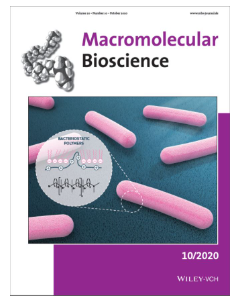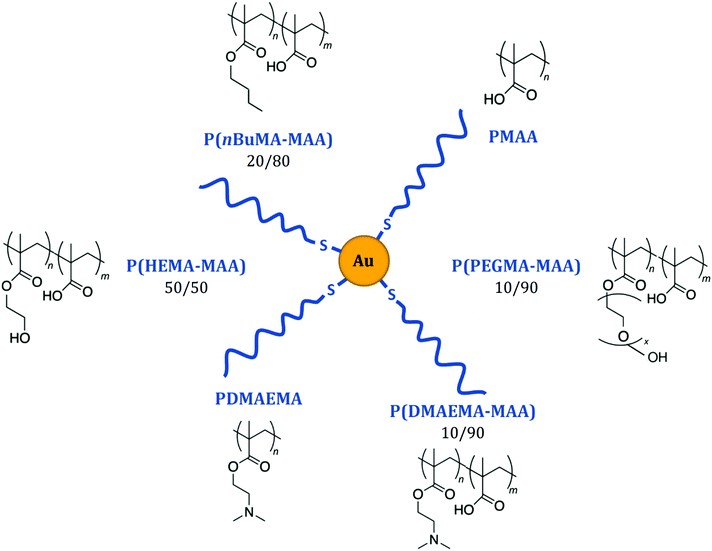MEDICAL IMPLANTS
Recanalization of coiled aneurysms remains unresolved. To limit aneurysm recanalization after embolization with coils, we propose an innovative approach to optimize aneurysm healing using fucoidan-coated coils. Within a multidisciplinary consortium, LICSEN is leading the coil surface-chemistry part. This proof-of-concept study demonstrated the feasibility and efficacy of treatment with fucoidan-coated coils to improve aneurysm healing. The results in this rabbit in vivo model showed that fucoidan-coated coils have the potential to improve healing following endovascular treatment.
Main contributors : Guy Deniau / Fanny Hauquier
Further reading:

ANTIBACTERIAL SURFACES
Microbial contamination and biofilm formation on the surface of inert materials are crucial concerns in the medical and food industries. We are working on the functionalization of surfaces (glass, polyethylene) by polymers called polyionenes containing quaternary ammoniums along the entire backbone, separated by hydrophobic fragments. Their amphiphilic character, i.e. their hydrophobic/charge ratio, is one of the key parameters for obtaining an effective bacteriostatic effect. Chemical grafting takes place in several stages (polydopamine, diazonium salts) to generate the chemical functions that enable surface polymerization of the ionenes. Bacterial adhesion results show that our surfaces are both pro-adhesive and bacteriostatic. To facilitate transfer to industry (in collaboration with INRAE), we are also studying the deposition of these polymers by photochemical grafting and printing.
Main contributors : Gerladine Carrot (until 2023), Ludovic Tortech (since 2023)
Further reading :
- Nouvelles surfaces antibactériennes efficaces et modulables par greffage robuste de polyionènes (Fait-Marquant IRAMIS 2020, in French)
- Macromolecular Bioscience (2020)

Polymer-grafted nanoparticles for radiosensitization
In radiotherapy, metallic nanoparticles (NPs) are particularly interesting for their ability to amplify the effects of radiation. However, they sometimes present stability problems, and their irreversible aggregation makes them difficult to use effectively. We are therefore developing nanoparticles stabilized by a covalently grafted polymer crown covalently grafted polymer crown, via a “direct” strategy in which the previously synthesized and functionalized polymers are used as ligands to synthesize the nanoparticles. These nano-objects are characterized in detail by SANS and SAXS, before being used for radiosensitization. Iodine-131 irradiation tests have demonstrated the efficacy of nanoparticles in enhancing cancer cell destruction. In vivo tests have also recently been carried out. We are now seeking to study the internalization of our objects in cells as a function of the nature of the polymer crown. We are also targeting the grafting of active ingredients onto the polymer crown, with the aim of coupling radio-/chemo-therapy (NIMBE/LIONS collaboration and INSERM/CEA TIRO/Nice- UMR E4320 laboratory).
Main contributors : Gerladine Carrot (until 2023), Jean-Philippe Renault (from NIMBE/LIONS)
Further reading :




